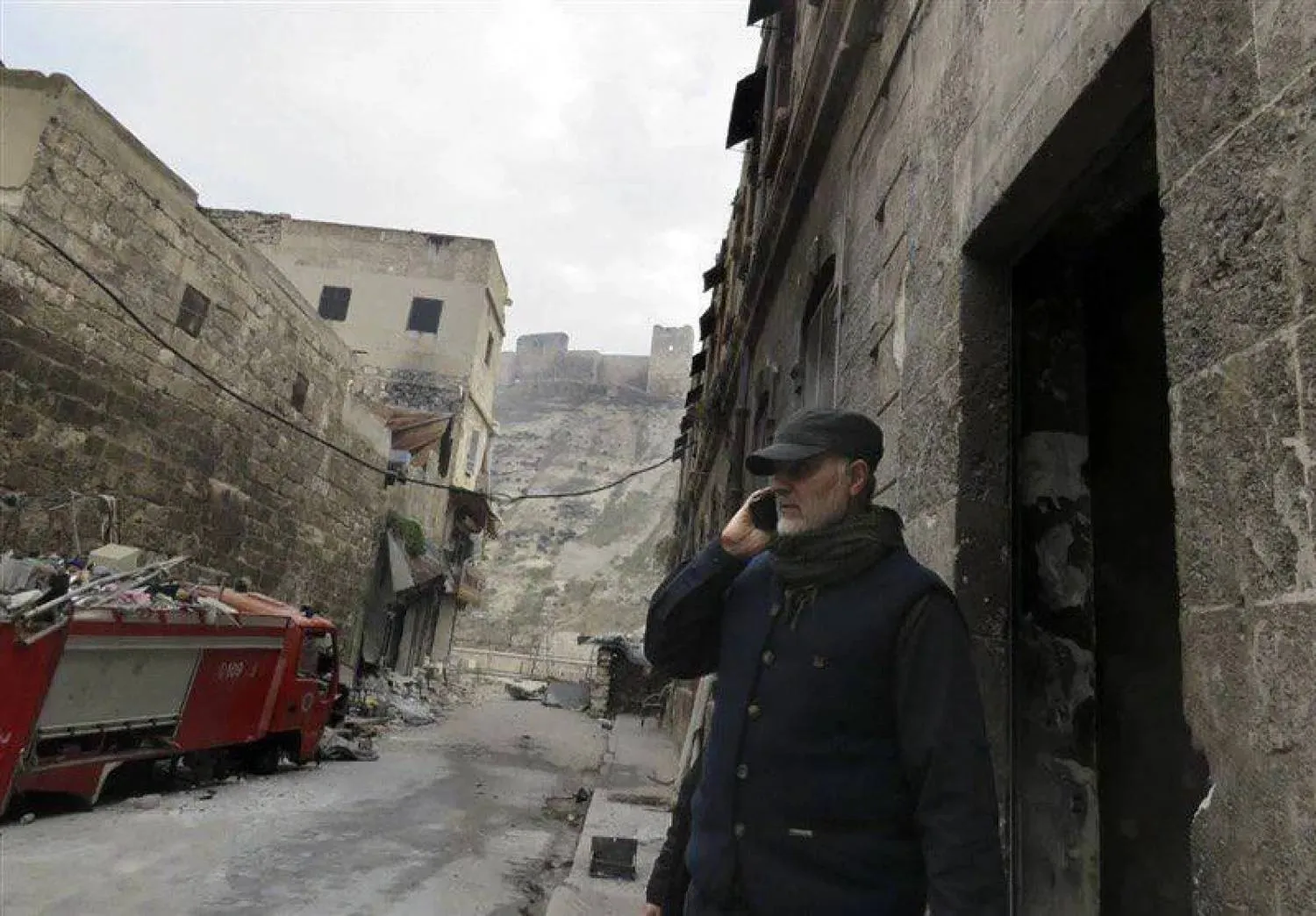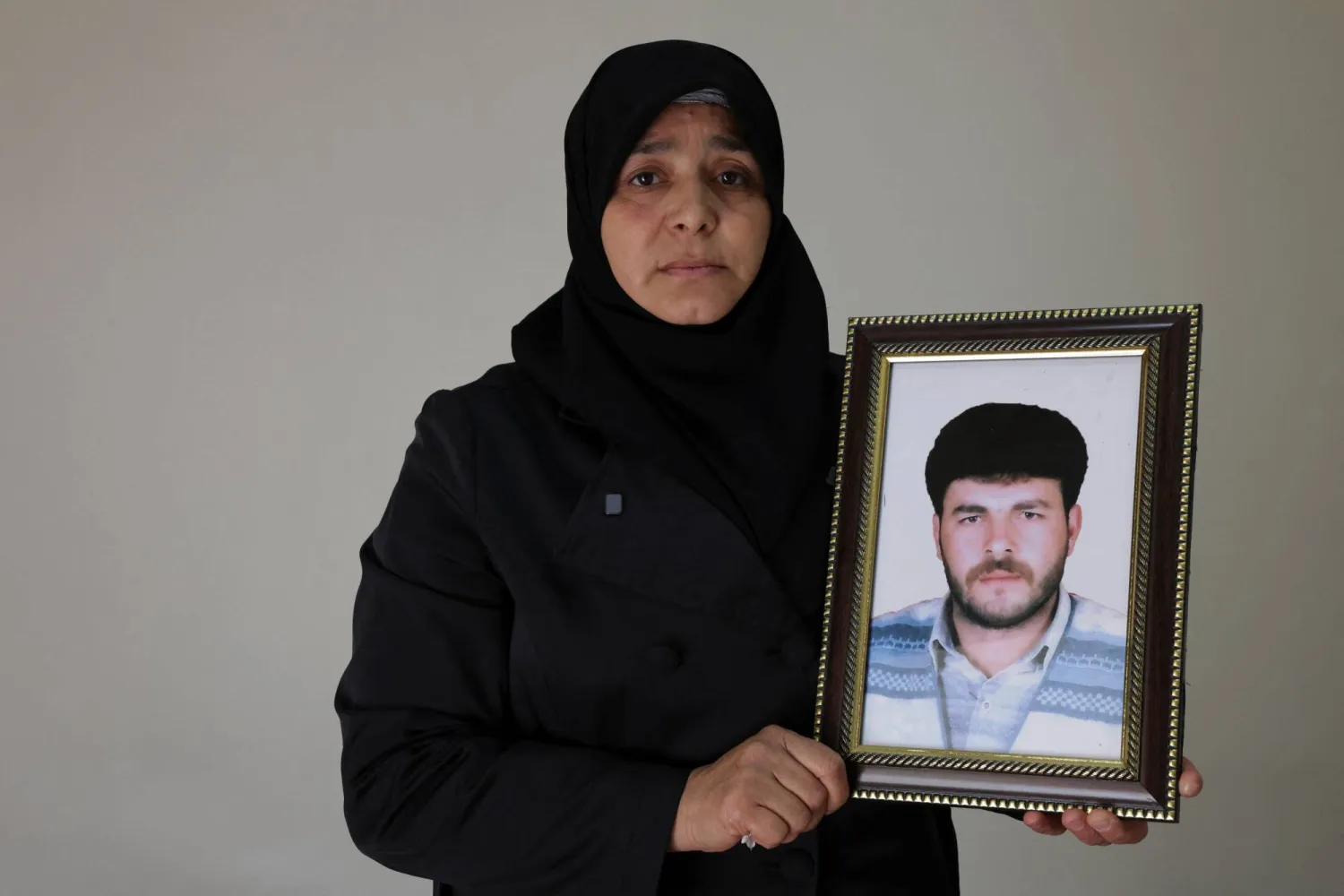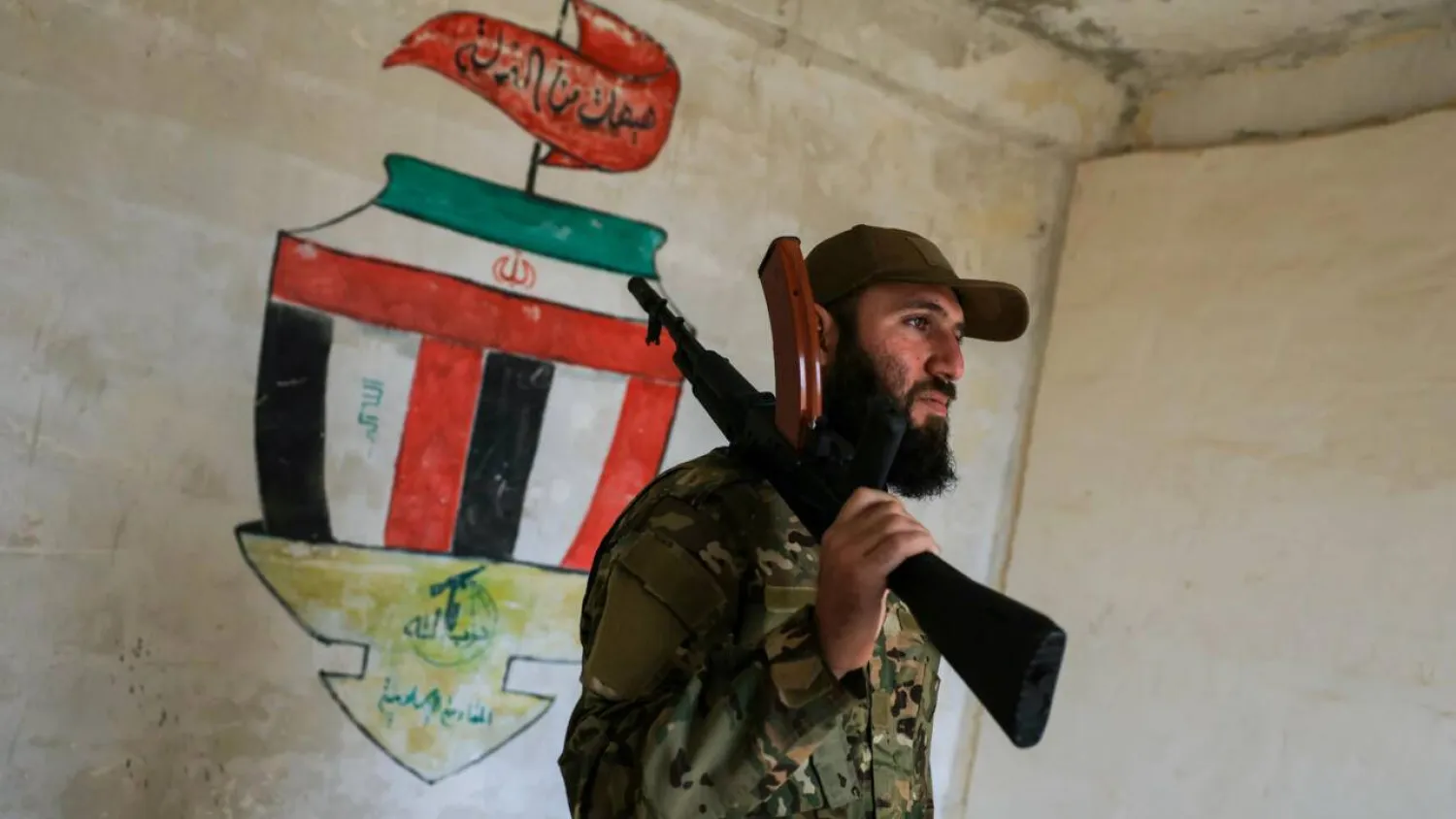One hundred and ninety-two days separated the last meeting between Iran’s Supreme Leader Ali Khamenei and Syria’s ousted President Bashar al-Assad in Tehran from the moment the Syrian regime fell to the opposition in December 2024.
That interval was no footnote in the Syrian war. It became a sharp mirror inside Tehran, reflecting the magnitude of the wager Iran’s leadership had placed on Assad, and the limits of its ability to anticipate the trajectory of the conflict and shifts in the regional balance of power.
At that meeting, Khamenei laid out the essence of his “Syrian doctrine” amid changing realities across the “Axis of Resistance.” Syria, he argued, was no ordinary state but one with a “special place” because its identity, in his view, stemmed from its role in this axis.
Since “resistance is Syria’s defining identity and must be preserved,” he addressed Assad not as a political ally but as a partner in that identity. He praised Assad for once saying that “the cost of resistance is lower than the cost of compromise” and that “whenever we retreat, the other side advances.” Thus, Khamenei reaffirmed his full - if belated – gamble on the regime’s survival, even as signs of collapse were unmistakable on the ground.
Less than seven months later, the regime would fall. Assad’s collapse would yield several Iranian narratives: the Supreme Leader’s, the Revolutionary Guard’s, the diplomatic narrative, and a fourth voiced from within the system itself, one that raised blunt questions about the price of Iran’s Syrian gamble.
Khamenei’s narrative
In his first speech after Assad’s fall, Khamenei offered a hard-edged explanation: the event, he said, was the product of a “joint American-Zionist plot,” aided by neighboring states. He spoke of factors that he claimed prevented Iran from providing the necessary support, including Israeli and US strikes inside Syria and the closure of air and land corridors to Iranian supplies.
He concluded that the decisive flaw lay within Syria itself, where the “spirit of resistance” had eroded in state institutions.
He stressed that the regime’s fall did not mean the fall of the idea of “resistance,” predicting that “patriotic Syrian youth” would one day revive it in a new form.
This narrative rejects the notion of strategic defeat: for Khamenei, what happened is not the end of the struggle, but a harsh phase in a longer one.
Revolutionary Guard’s narrative
The Islamic Revolutionary Guard Corps (IRGC) adopted a language closer to national security logic than pure ideology, though it drew from the same lexicon. In 2013, cleric Mehdi Taeb, head of the IRGC’s Ammar Headquarters think tank, framed the equation starkly: “Syria is our 35th province... If the enemy attacks Syria or Khuzestan, our priority is to keep Syria.”
With that shocking sentence, Syria was elevated to the level of Iranian strategic geography, sometimes above parts of Iran itself.
Late General Qassem Soleimani, then commander of the Quds Force, became the chief architect of this approach: confronting threats abroad by building multinational militia networks and using the “protection of shrines” as a mobilizing slogan that fused ideology with national security calculations.
A month after Assad’s fall, at a memorial for Soleimani, Khamenei reaffirmed this school of thought, linking the defense of shrines in Damascus and Iraq to the defense of “Iran as a sanctuary,” aiming to bind various fronts into a single cross-border security-sectarian struggle.
After the Syrian regime’s collapse, this narrative preserved its core: success or failure is not defined by who sits in Damascus, but by whether the IRGC’s influence networks remain intact and whether Iran still has access to Syrian depth.
Full withdrawal would amount, in this logic, to admitting that the “35th province” had slipped from the map, so the IRGC will continue to search for any possible foothold.
Diplomatic narrative
Iran’s diplomatic apparatus sought to tell a softer story. Weeks before the fall, Khamenei dispatched his adviser Ali Larijani to Damascus and Beirut with reassuring messages for Assad and other allies, publicly asserting that events in Syria and Lebanon “directly concern Iran’s national security.”
Days later, Foreign Minister Abbas Araghchi visited Damascus just six days before the collapse, even posing with shawarma in a downtown restaurant to signal “normalcy” and dismiss talk of impending downfall as “psychological warfare.”
It was the peak of the gap between diplomatic messaging and a disintegrating reality.
Afterward, the Foreign Ministry adopted a defensive formula: Iran had “responded to the request of an allied government”, but “cannot decide on behalf of peoples.” Thus, responsibility was shifted toward Syrian internal failures and the external “conspiracy” often invoked by Khamenei.
This narrative treats Syria as one file among many, not an existential arena as seen by the IRGC and the Leader.
‘Open account’ narrative
The fourth narrative emerged, unexpectedly, from within the establishment itself. For the first time, semi-public acknowledgments surfaced that the economic return on Iran’s Syrian adventure was nearly nil and that the political-security “investment” had resulted in something resembling a net loss.
In 2020, former member of the Iranian parliamentary national security and foreign policy committee, Heshmatollah Falahatpisheh revealed that Tehran had spent “$20-30 billion” in Syria, insisting: “This is the people’s money and must be recovered.”
Five years later, he returned with a more bitter charge: Syria’s debts to Iran were effectively settled through “land without oil, cow farms without cows, and empty promises.”
This view is no outlier. Over a decade, Iranian protest slogans increasingly linked “Gaza, Lebanon, Syria” with bread, fuel, and economic hardship at home.
With Assad gone, critics more easily argue that Iran spent tens of billions and paid a human cost among its fighters and proxies, only to end up with almost no influence in Damascus.
For decision-makers, this narrative becomes domestic pressure against any large-scale return to Syria.
Four scenarios for Tehran
Taken together, these narratives reveal a deep contradiction: the IRGC and Khamenei refuse to concede that Iran “lost Syria,” treating the episode as one phase in a longer struggle. Meanwhile, the diplomatic and economic narratives acknowledge, implicitly, that the previous intervention model is no longer sustainable.
Four broad scenarios emerge. The first is a return through proxies, closest to the IRGC’s logic: Iran would rebuild influence from the ground up through militias - old or newly recruited - to pressure any future authority in Damascus.
The second is regional repositioning without Syria, in which Iran shifts resources to arenas where it still holds leverage, including Lebanon, Iraq, Yemen and Gaza, while limiting its role in Syria to preventing hostile entrenchment.
The third is a “gray” re-entry: a gradual, negotiated, non-confrontational return through localized deals or modest economic and security projects, allowing Tehran to claim continued presence without the cost of backing a single ruler.
The fourth is institutionalizing the loss: Iran accepts Syria’s departure from its strategic depth, but repackages the outcome within a narrative of “conspiracy and steadfastness,” using it to tighten internal control while maintaining symbolic presence through shrine rhetoric and minimal diplomacy.
Across all scenarios, one fact remains. Syria, which was once described as more vital than Khuzestan and the “distinct identity of resistance”, is no longer what it was before December 8, 2024 when the regime collapsed.
Tehran can invoke time, the IRGC can search for openings, diplomats can polish their statements, and critics can lament “land without oil.” But one question looms over every debate in Iran: Can Tehran afford a second Syrian-sized gamble after emerging from the first still trying to convince itself that the “resistance factor” remains standing, even as its Syrian pillar has broken?









